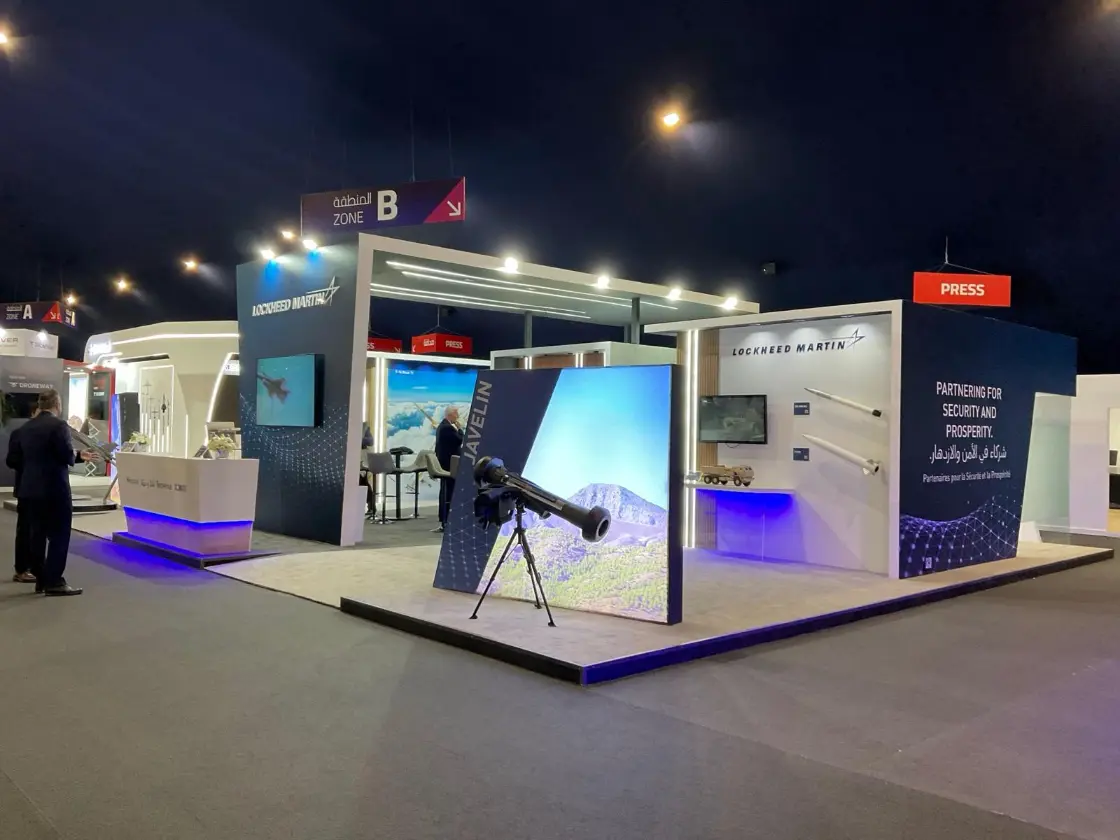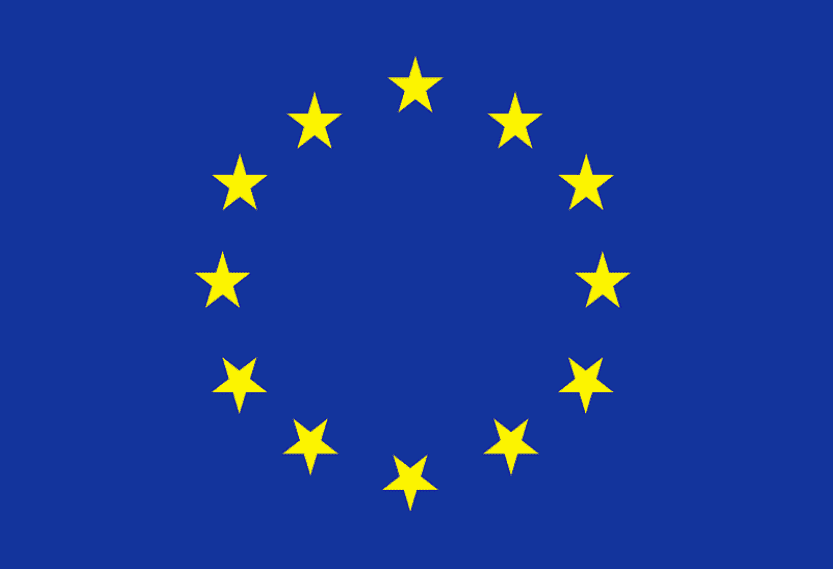
Introduction
In the ever-evolving world of trade shows, pop-up booths have emerged as a smart, flexible solution that allows brands to stay agile and adaptable. These temporary, mobile setups offer a unique way to connect with audiences while keeping costs low and creativity high.
If you want to make a splash without the logistical complexity of a full-scale booth, pop-ups might just be the ace up your sleeve. Let’s explore how agile marketing strategies using pop-up booths can give your brand a competitive edge at trade shows.
Pre-Event: Plan Smart and Create Buzz
While pop-up booths are known for being quick to deploy, proper planning is still essential. A well-executed pop-up experience starts with clear objectives and a bit of pre-event hype.
1. Announce Your Pop-Up Early
Use social media, newsletters, and personal invites to announce your pop-up presence. Let attendees know where to find you, what to expect, and—most importantly—why they should stop by. Create urgency with limited-time offers or exclusive experiences available only at the pop-up.
2. Focus on Portability Without Compromising Brand Impact
Your booth may be small, but it should still pack a punch. Invest in modular, lightweight setups that reflect your brand identity. Whether it’s through clever graphics or compact interactive displays, ensure your brand’s personality shines through.
On the Floor: Flexibility Meets Impact
One of the biggest advantages of a pop-up booth is mobility and adaptability. These agile setups give you the ability to experiment, relocate, or focus on spontaneous activations without being tied to a permanent spot.
1. Pop-Up Demonstrations and Live Activations
Bring your products or services to life with live demonstrations or on-the-spot activations. Keep things interactive and engaging—a quick demo, product sample, or photo op can draw curious attendees to your booth.
2. Engage with Limited-Time Offers
Use the pop-up’s temporary nature to build urgency. Offer exclusive, time-sensitive deals or giveaways that incentivize attendees to engage with your brand on the spot. For example, “Show this social post for a free sample—offer ends in 30 minutes!”
3. Be Mobile—Literally!
Some pop-up booths are so portable that they can be moved across different locations within the venue. This lets you reach a wider audience and adapt to high-traffic areas throughout the event. A mobile strategy creates a sense of discovery, keeping your brand fresh in attendees’ minds.
Post-Event: Extend the Reach of Your Pop-Up
Just because your booth is temporary doesn’t mean its impact should be. A solid post-event follow-up strategy ensures that your pop-up continues to drive brand value even after the event ends.
1. Capture Leads on the Spot
Use digital tools to gather attendee information quickly and efficiently—QR codes, mobile apps, or NFC technology work well. Follow up with tailored messages that reference the interaction and invite further engagement.
2. Repurpose the Pop-Up Concept
The beauty of pop-ups is their reusability. After the event, look for opportunities to recreate the pop-up experience in retail spaces, conferences, or outdoor events. This ensures you get the most out of your investment while reinforcing your brand.
3. Collect Feedback and Optimize
Ask attendees for feedback about their experience at the pop-up. Use this input to fine-tune your strategy for future events, ensuring your next pop-up activation is even more effective.
Conclusion: The Power of Agility at Trade Shows
Pop-up booths are not just a trend—they’re a powerful tool for agile marketing, allowing brands to experiment, adapt, and connect with audiences in meaningful ways. With the right strategy, a well-executed pop-up booth can deliver high impact without high costs, offering the perfect balance between flexibility and brand visibility.
So, if you’re looking to make a big impression with a small footprint, a pop-up booth might be your ticket to trade show success. Are you ready to embrace the agility and excitement of the pop-up trend?


 Global
Global Europe
Europe

